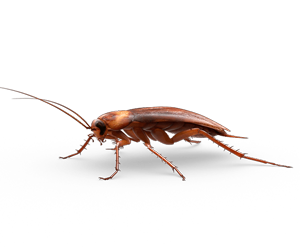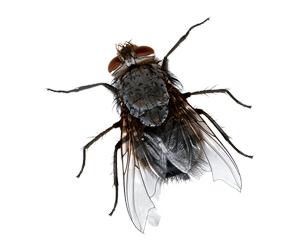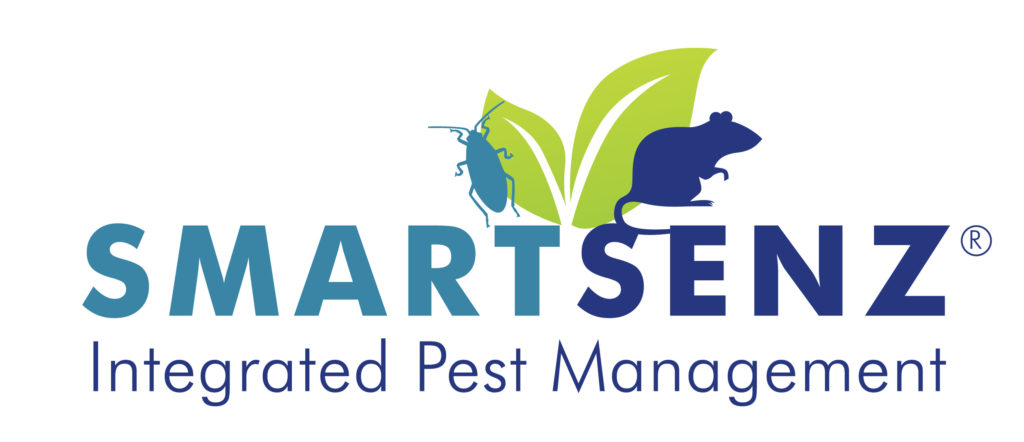Tailor-made strategies
considering all pest management techniques with chemicals as a last resort

What is
Integrated Pest Management (IPM)?
What is Structural Integrated Pest Management (IPM)?
Structural IPM focuses on using techniques to make buildings and structures less attractive and accessible to pests. It promotes long-term pest management by addressing the underlying causes of infestations, rather than the symptoms. In this way, structural IPM minimises the use of harmful pesticides and focuses instead on sustainable and environmentally friendly methods.
Techniques include:
- Exclusion (sealing cracks, gaps, opening into buildings to prevent pests from entering)
- Sanitation (keeping areas clean and free of food and water that may attract pests)
- Monitoring (regularly inspecting and recording signs of pest activity)
- Mechanical Interventions (using physical products and traps to capture and/ or deter pests)
- Cultural Interventions (using proper waste management and storage systems to discourage pest infestations)
- Education and awareness (educating staff about pest prevention measures and encouraging their participation in maintaining a pest-free environment)
IPM is the consideration of all available pest management techniques and other measures that discourage the development of pest populations, whilst minimizing risks to human health and the environment (CropLife International and Food & Agriculture Organization).
IPM is a tailored, site-specific strategy for managing pests in the most cost-effective, environmentally sound and socially acceptable way. It is a successful system that makes good use of local resources and the latest research, technology, knowledge and experience.




